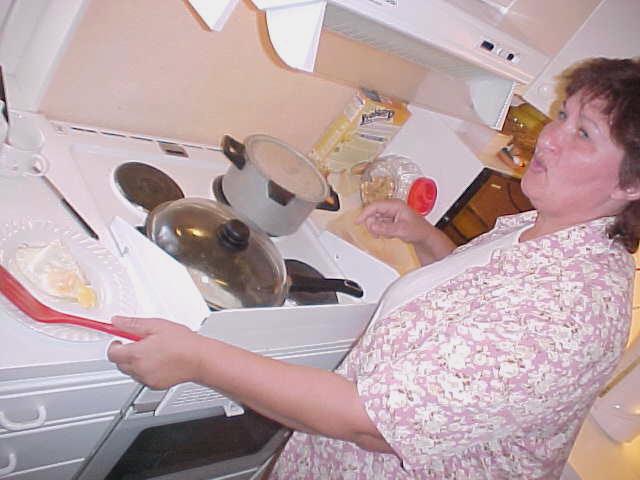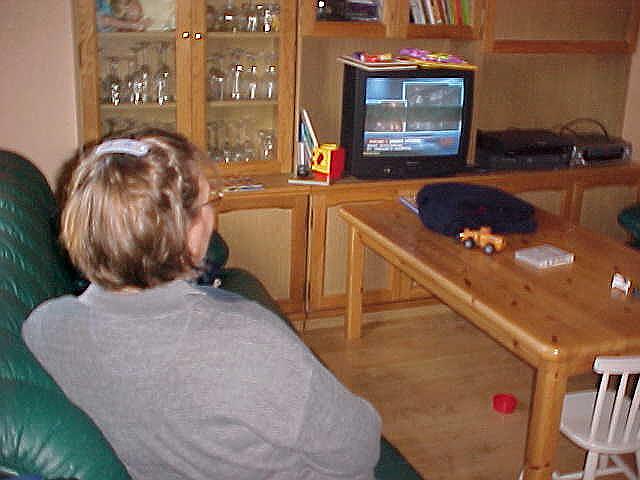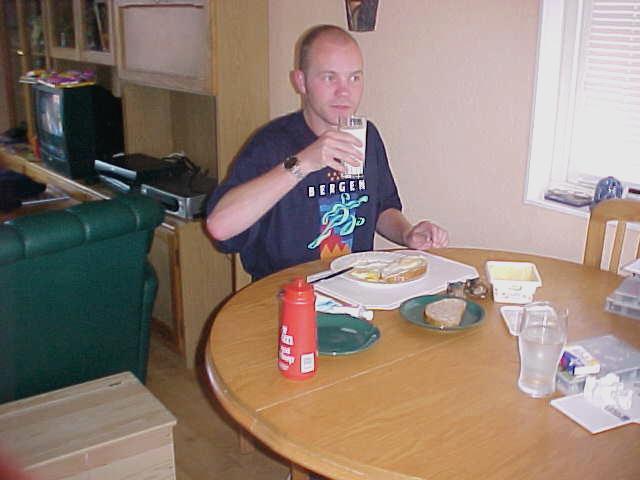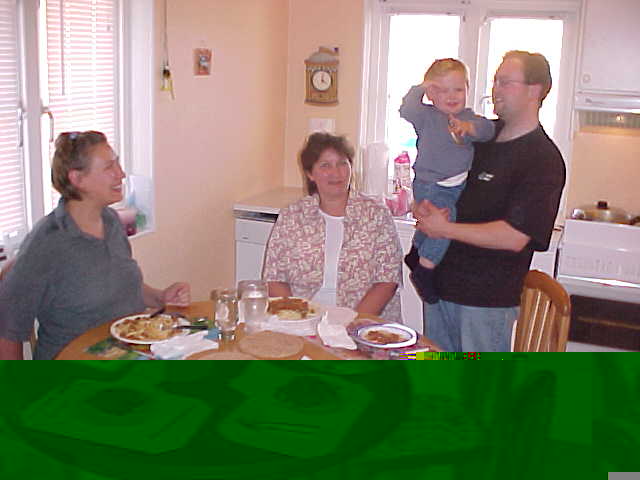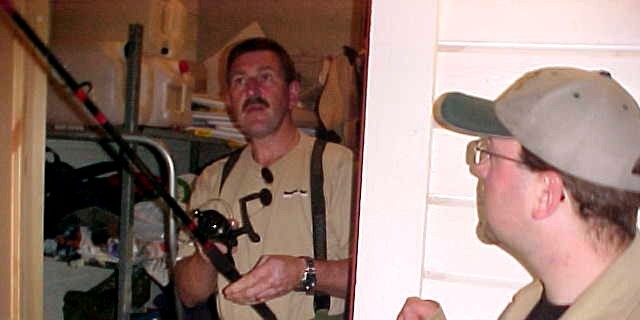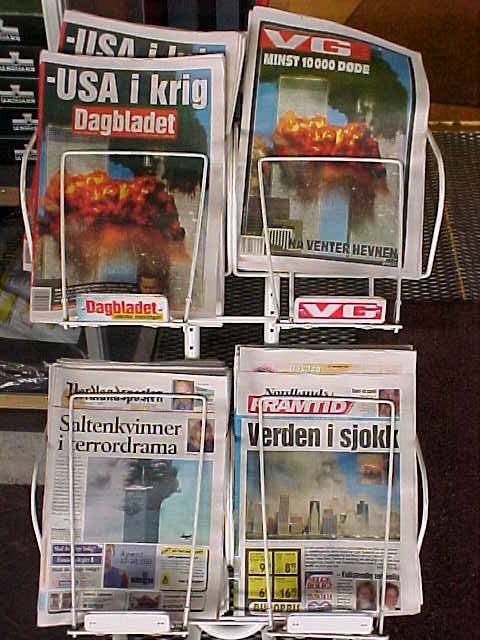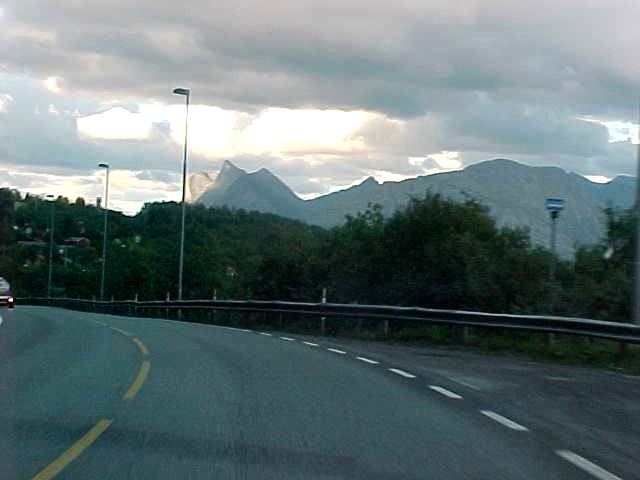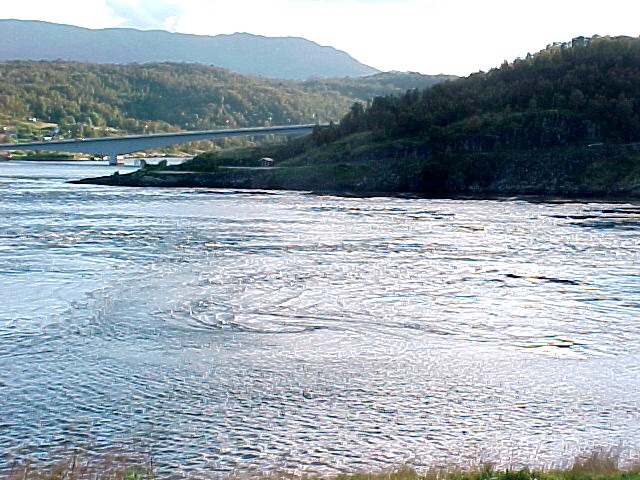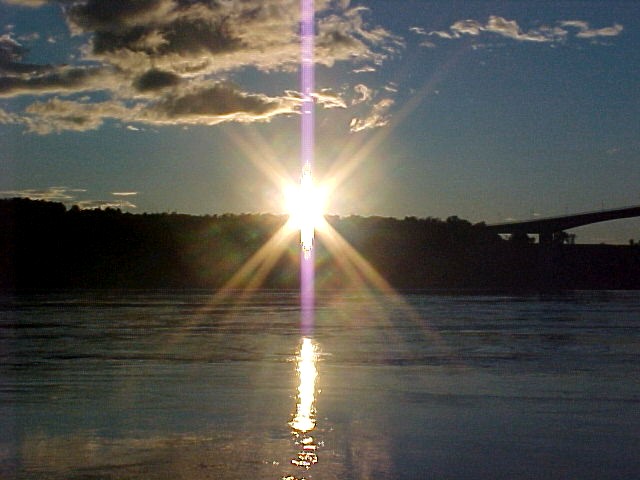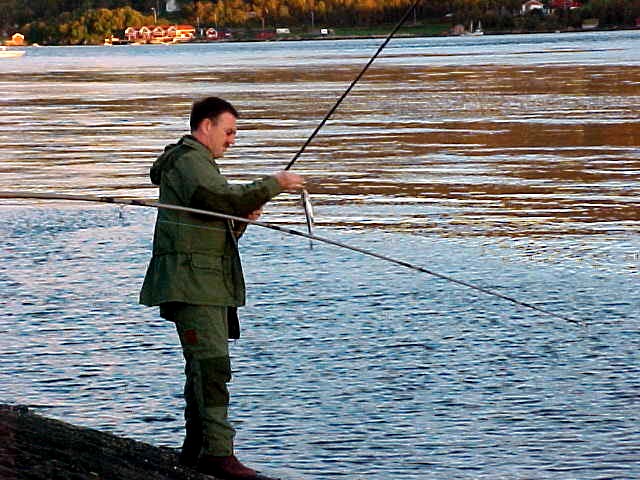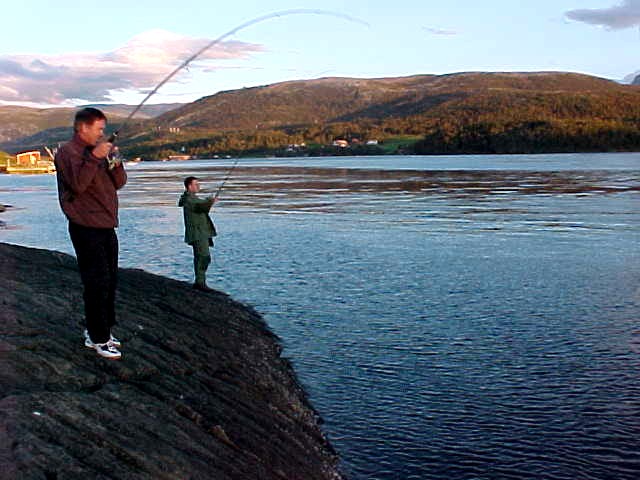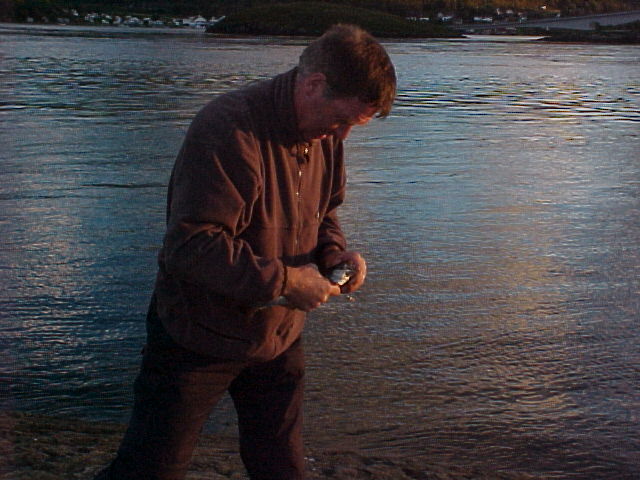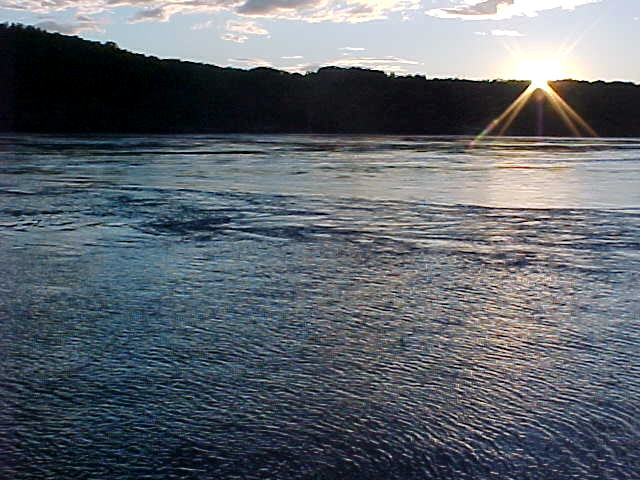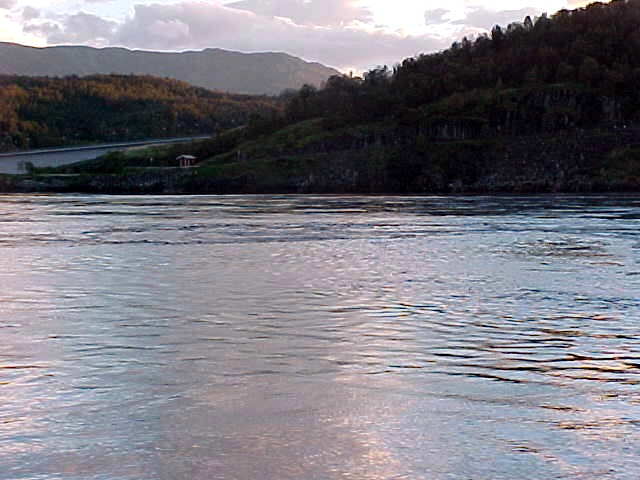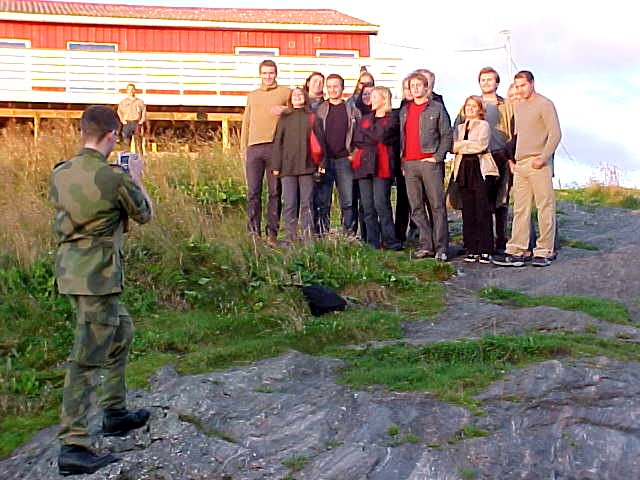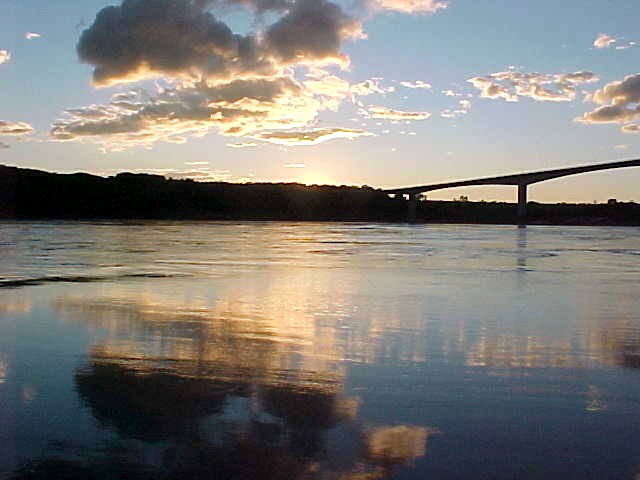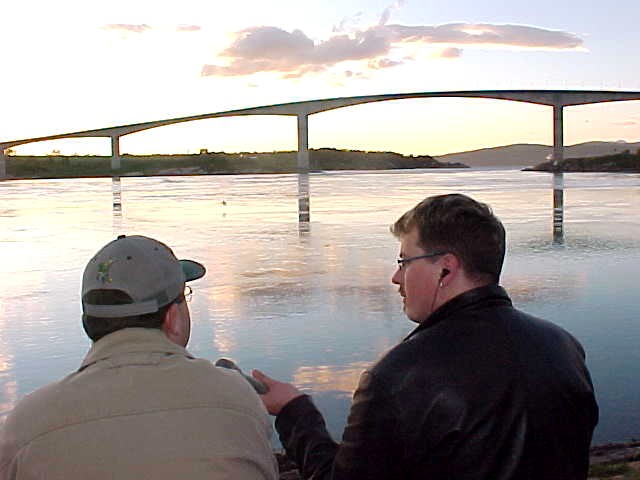
Letmestayforaday.com
sponsors always were:

www.ODLO.com

www.pac-safe.com
During my travels newspaper columns were published weekly in the Dutch daily newspaper

This project has been supported by these great and warmhearted companies:
Netherlands:
Paping Buitensport,
ODLO,
IPtower.nl,
AVRO Dutch Broadcasting Org.,
Travelcare, TunaFish,
Book A Tour, StadsRadio Rotterdam; UK:
Lazystudent, KissFM, The Sunday Times,
The Guardian; Isle of Man: SteamPacket/SeaCat; Ireland:
BikeTheBurren;
Belgium: Le Temps Perdu, Majer & Partners; Austria: OhmTV.com;
Norway:
Scanrail Pass, Hurtigruten, Best Western Hotels; South Africa:
eTravel, British
Airways Comair, CapeTalk,
BazBus;
Spain:
Inter Rail, Train
company Renfe; Australia: Channel
9 Television, Bridgeclimb, Harbourjet, SeaFM Central Coast,
Moonshadow Cruises, Australian Zoo, Fraser Island Excursions,
Hamilton Island Resort, FantaSea Cruises, Greyhound/McCafferty's Express Coaches,
Aussie Overlanders, TravelAbout.com.au, Travelworld,
Unlimited Internet,
Kangaroo Island SeaLink,
Acacia Apartments; Malaysia: Aircoast; Canada: VIA rail,
Cedar Springs Lodge,
BCTV/GlobalTV,
St. George Hotel,
VICKI GABEREAU talkshow,
Ziptrek Ecotours,
Whitler Blackcomb Ski Resort,
Summit Ski & Snowboard Rental,
High Mountain BrewHouse,
Cougar Mountain Snowmobiling,
Whistler Question Newspaper,
Snowshoe Inn,
First Air,
Nunanet.com,
Canadian North
Accommodations by the Sea,
DRL Coachlines Newfoundland,
The National Post and
Air North.
Reports
During my travels, I received free accommodation for a night in exchange for writing a daily travel diary. This diary documented how I reached my next destination, the hosts who welcomed me, the food I was offered, and other experiences along the way. Below, you will find the archives of these extensive reports. Please note that English is not my native language, and most entries were written quickly, often around midnight. Enjoy!Wednesday, 12 September 2001
Words cannot describe how I feel today.
I will have to lack my previous reports for a while.
I already have to process a lot, and yesterday the complete world got a slap in the face.
I am staying an extra day here in Bod�, staying with Tommy and Annelize Jensen, who met each other in an online chatroom a few years ago.
I spent most of the day watching CNN, chatting with visitors of my website and staying up to date with the latest news.
I read so many different websites today, covering opinions of people all over the world.
This website is absolutely no place to state my opinions about other people, other countries and other cultures.
I will stay quiet about it here and think about what happened. We can learn from it, a lot. We have to.
Let me just get myself together again...
I spent most of the day in the house in Bod�, trying to work on my reports. But emails and very emotional conversations in the chatbox made it impossible to concentrate on my writings.
Annelize watched CNN as her mother, who's staying over from South Africa for nine months, made Christmas windows decorations for the Christmas market next month.
I told her that in the Netherlands people will complain when Christmas is too visible or commercially exploited before December. It is because we have a major celebration on December 5.
Let me tell you the story about 'Sinterklaas'...
 In the fourth century a.d. St. Nicholas (in Dutch called Sinterklaas or Sint Nicolaas; in German called Sankt Nikolaus) was the bishop of Myra, which is now situated in Turkey. According to the legend, he saved his town from starvation.
In the fourth century a.d. St. Nicholas (in Dutch called Sinterklaas or Sint Nicolaas; in German called Sankt Nikolaus) was the bishop of Myra, which is now situated in Turkey. According to the legend, he saved his town from starvation.
Old sources say that he died on the 6th of December in 343. In 1087 his relics were taken to Bari in Italy.
It is unclear why, according to the Dutch tradition, he comes from Madrid, the capital of Spain. Possibly it has something to do with the fact that Sinterklaas was the patron of sailors.
In the 17th century Holland was famous for its navigation and sailing expeditions (Dutch were by facts the first to discover Australia, but because it was such a desert, they left again).
Maybe by contact with Spanish sailors this myth began. It could also explain why Sinterklaas has Zwarte Pieten (black Petes) to help him because the Moors dominated Spain for several hundreds of years.
(Another, more popular, explanation for Zwarte Piet being black is that he has come down the chimneys so often).
His legendary gifts of dowries to poor girls led to the custom of giving gifts to children on the eve of his feast day, 6 December.
Together with his Zwarte Pieten he visits children to punish the evil ones and to reward the good ones. The worst punishment is to be taken to Spain in the bag of Zwarte Piet, out of which the good children get the traditional candies, pepernoten (cinnamon nutsized cookies), speculaas and marchpane) and presents.
If children have been bad, they don't get a present, but a roede, a rod. If you have been very bad, than you might end up in Zwarte Piet's bag and taken to Spain to wrap packages for next year.
A few weeks before his feastday Sinterklaas comes to Holland (and Belgium) on his big steamer with all his Pieten and the presents which they prepared in Spain all year.
This event can be seen live and nationally on Dutch television and is watched by over 6 million people in The Netherlands and Belgium every year.
From his arrival in Holland until his feastday the children can put their shoes in front of the fireplace.
During the night Sinterklaas visits all the houses by travelling over the roofs on his white horse and Zwarte Piet enters the houses through the chimney to put little presents in the children's shoes.
Sometimes the children put straw, carrots and water near the shoe for the horse and sing traditional Sinterklaas songs (see translated).
On the eve of his feast day Sinterklaas visits all children. After knocking on the door he gives them a bag full of presents (if they have been good children).
Early in the morning of 6 December, when he has visited everyone, he silently leaves back to Spain again, to come back next year.
Over 80 percent of the Dutch and the Belgians celebrate Sinterklaas' night with family and friends. That might explain why many people feel offended when the celebration of Sinterklaas is ignored by the commercial industry who already start to promote Christmas shoppings in November. Some shops even get banned!
In Holland we celebrate Christmas too, on December 25 (first day) and 26 (second day), but it not about presents, but more about being together with family and friends during the dark days of December. Christian people celebrate the birth of Christ.
And eat a lot of course.
For a lot of non- or half-religious Dutch people Christmas is also celebrated with the annual visit to the church at Christmas' night.
And then, after Christmas, in the last weeks of January, you will find Eastern eggs in the supermarket and Eastern Bunnies jumping around.
Annelize and her mother had never heard about this tradition, for them, Christmas is the big thing, like for the rest of the world.
Of course, the Dutch (and Belgians) have to make a difference...
:-)
However, it is a fact that the Spanish Sinterklaas legend also crossed the sea to the American continents.
There he became more connected with the birth of Christ by all the christians there, and translated the name into Santa Claus - now a round old man, who lives on the North Pole. Yeah, righ!
Probably a lot of people had never heard this story before, but trust me as a journalism student (haha): the truth is out there...
***
When Tommy came home from work, we had spaghetti with South African chutney for dinner.
After dinner Tommy took me out fishing, together with his father, at the famous Saltstraumen (Salt Streams).
Saltstraumen is the location for the world's strongest tidal current[b]that culminates every 6 hours with great quantities of salt seawater force their way through the 3km long and 150 metres wide strait between the Saltenfjorden, making speeds up to 20 knots.
In conjunction with this [b]whirlpools are formed, reaching proportions of up to 10 metres in diameter and 4 to 5 metres in dept.
If you would swim in it, you would be sucked down all the way to the 40 metres bottom...
The first traces of mankind found here date about 10,000 years back in time, and the reason why these people settled near the Saltstraumen was the overflowing stock of fish and seabirds to be found here.
The burial mounds that have been discovered near Saltstraument emphasize the importance of traffic across the strait during the Iron Age (!).
For the same reason, many military installations were built along the streams during the World War II to block the Germans in the south and during the Cold War against the Russion from the North.
We were not that lucky with fishing, I only caught everything that was not fish or even alive.
When the sun set down, Tommy's father treated us a cup of coffee in a nearby restaurant, before we headed home.
They both run a family business in -there it is again- growing Christmas plants in greenhouses.
Every once in a while Tommy's father goes to the world's biggest auction of flowers and plants in Aalsmeer, the Netherlands, and buys or sells his stock.
The night ended with me communicating with the rest of the world, with CNN on the background as I would soon sleep on the matress in the livingroom.
Good night Bod�!
Ramon.
Visit my hosts Tommy and Annelize's web site.
Where am I at this moment?
Click here to see the map.


